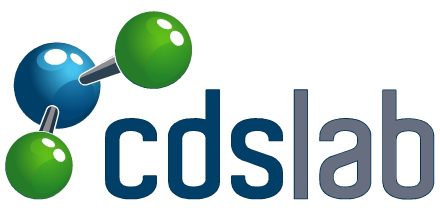The D Chlorine oxide also called CDS and its various applications are often a matter of debate. While some question their Benefits or how should it be employed in a safe manner , others claim for sure that it is one of the most prolific What can we find. This article fulfills the mission of shedding a little light on everything we know about Chlorine dioxide , what are its properties and its most common uses.
What is Chlorine Dioxide?
The Chlorine Dioxide (ClO2) is a chemical compound formed by an atom of Chlorine (Cl) and two atoms of oxygen (O) they establish its chemical formula. If it is at room temperature and stabilized, the Chlorine dioxide will be in gaseous state color yellow with reddish hues .
What are the characteristics of Chlorine Dioxide?
There are certain properties of Chlorine Dioxide that make the difference between it and other chemical compounds that can perform a similar function. In addition, these characteristics make it more suitable for the uses that are listed later. So the Chlorine dioxide is distinguished by its:
- Solubility: Ability to dissolve in water that increases with lower temperatures.
- Photosensitivity: If exposed to ultraviolet light, Chlorine Dioxide will be affected and will lose its qualities and its effectiveness.
- Density: It has a higher density than water and air. Density in liquid state at 0 ° C: 1.642 g / mL.
- Liquefaction: It will become liquid with temperatures below 11ºC.
- Instability: When subjected to high pressure, it can become explosive.
- Volatility: While it can stabilize in water, it continues to hold in its gaseous form. This factor allows the use of Color Dioxide in antimicrobial formulas.
- Synthetic: It cannot be found in nature.
What are the main uses of Chlorine Dioxide?
As a consequence of the previously listed characteristics, Chlorine Dioxide is used in a large number of processes and practices in which it acts against pathogens. Some of them are:
- Water purification: Chlorine Dioxide is commonly used to eliminate bacteria, fungi, parasites and viruses that can be found in water so that it does not affect the health of humans or animals. In fact, the 25% Sodium Chlorite Combined with its relevant activator, it is usually used in domestic settings for the treatment of household water. This way of use is the one that causes more controversy since some affirm that it has repercussions on the health in both animals and humans. The truth is that Chlorine Dioxide is no more harmful than, for example, isopropyl alcohol. To avoid risks, all the precautions indicated by this chemical element must be observed.
- Sterilization of medical material: The fact that it is in a gaseous state speeds up the possible disinfection of both products and medical areas and thus leaves them sterilized and does not pose any added risk during any type of intervention.
- Manufacture of products: Various products of oral hygiene contain Chlorine Dioxide such as toothpastes or rinses, taking advantage of their antimicrobial properties to counteract oral infections or halitosis. In addition, Chlorine Dioxide is also used to create home air fresheners .
- Insect repellent: All repellants that include Chlorine dioxide it has practically zero toxicity and is effective for eight hours. They can be applied to the skin without causing adverse reactions.
It should be noted, as a last detail, that these are not only the only uses that can be given to Chlorine Dioxide. We also find its incorporation in: oil and gas storage tanks, paper bleaching processes, decontamination of public buildings or even in the cleaning of electronic circuits.









